
Boreas Pass: A Scenic, Historic Drive Through Colorado's Fall Portal
Share
Boreas Pass: A Scenic, Historic Drive Through Colorado's Fall Portal
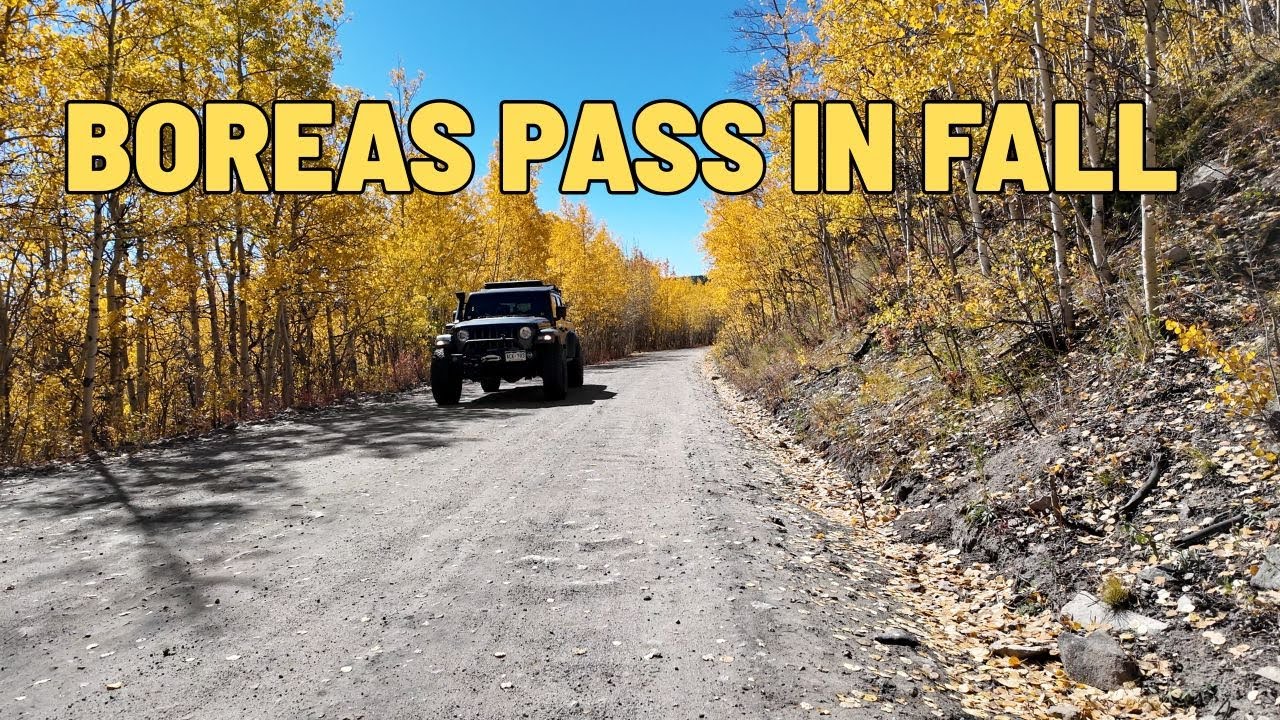
It is early October and the leaves are changing here in the Rockies. My plan for the day was simple: drive boreas pass from the Highway 285 side down into Breckenridge and soak up whatever fall color, history, and mountain air I could find. The result was a relaxed, scenic drive that mixes easy four-wheel scenery with surprising railroad history, tiny historic cabins, and wide mountain views. If you are looking for a day trip that is two-wheel drive friendly yet still feels like a proper mountain escape, boreas pass should be on your list.
Quick facts about boreas pass
- Length: about 13.5 miles, connecting Breckenridge to Highway 285 in the South Park/Como area.
- Typical season: open to vehicles from May through November; closed to vehicles in winter.
- Drive type: two-wheel drive friendly, but expect slow, bumpy sections.
- History: used by stagecoaches in the 1860s, converted to a railroad route in the 1880s, railroad abandoned in 1937, later converted to a Forest Service road.
- Activities: summer hiking and biking, winter snowshoeing, skiing, and snowmobiling when the road is closed to vehicles.
Why I love driving boreas pass in the fall
There is something about the timing of a fall drive in the Rockies: the aspens begin to glow gold, the light gets lower and softer, and the crowds start to thin just enough that you can enjoy the drive without feeling rushed. The best window for aspen color here is late summer through early fall. I was probably a week or so past peak when I drove boreas pass, but even a little past peak the views were beautiful. The road winds under aspen canopies in lower stretches and opens up to sweeping mountain ranges as you climb. The change in scenery as you gain elevation is dramatic—aspens near the base, tundra-like views near the summit.

A bit of history: stagecoaches, railroads, and preserved structures
Boreas Pass has a layered history that makes the drive more than just scenery. Originally known as Brick and Rich Pass, the route was used by stagecoaches during the Gold Rush in the 1860s. In the 1880s it was renamed boreas pass after the Greek god of the North Winds when the area became a railroad route. The railroad carried passengers and freight for over 50 years before being abandoned in 1937. After World War II the abandoned rail bed was converted into the Forest Service road you can drive today.
Driving boreas pass feels like following a line of history. Restored structures dot the route. You can see cabins that have been preserved and even a restored water tank that once serviced steam engines. That water tank was restored in 1958 and stands as a small, compelling reminder of the steam era that defined travel and commerce in Colorado.
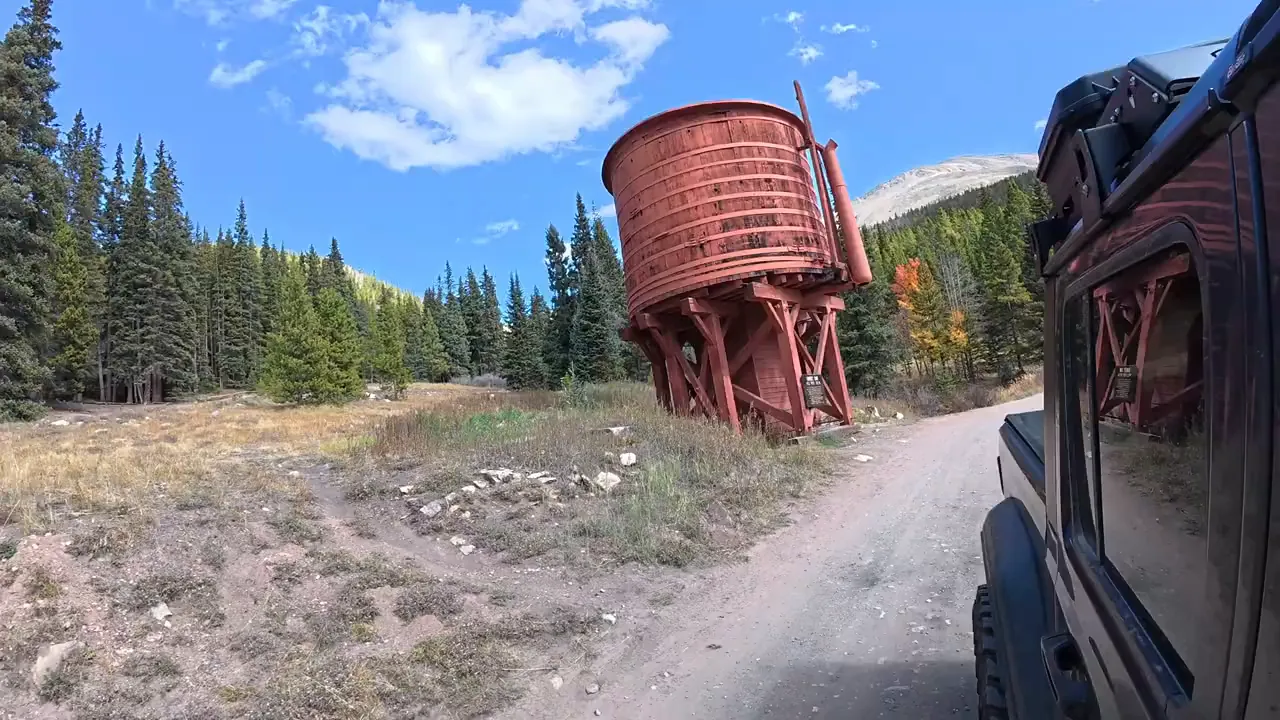
What the road is like: vehicles, conditions, and safety
One of the first questions I get asked about boreas pass is whether a regular car can make it. The answer is yes—this road is two-wheel drive friendly—but expectations matter. The surface is slow and bumpy in places, with a few exposed and narrow sections on the Como side. I drove a vehicle that handled fine and even spotted a late model Honda Civic making the whole trip, which was proof that boreas pass is passable in sedans when driven carefully.
That said, the road is popular and multi-use. Expect to share the route with other vehicles, hikers, and mountain bikers, especially as you get closer to Breckenridge. Drive slowly and watch for blind corners. On narrower stretches, pull over to let faster vehicles pass. The section near Breckenridge can get crowded on peak fall weekends, so consider starting early or visiting on a weekday.
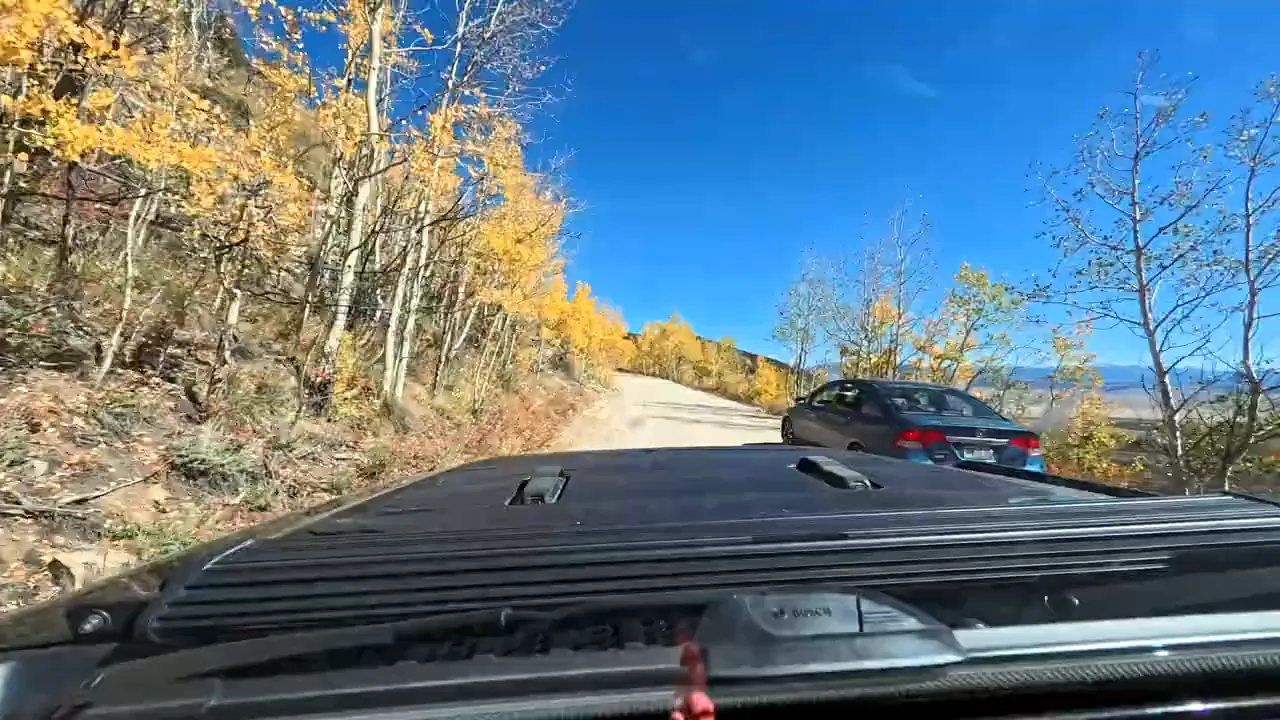
Stops, cabins, and numbered historic markers
One of my favorite parts of boreas pass is the sense that the road is more than a route; it is a historical corridor. Along the way there are numbered historical markers. On the Como side there is a small, private historical area with brochures and signage. The idea is that each number corresponds to a particular historical site or story. As you drive, you can stop at these markers, read the histories, and get a feel for how people lived and traveled in the late 19th and early 20th centuries.
There are tiny cabins that are especially evocative. Several of them are small and well preserved. Some can be reserved in winter for skiers, and through the glass you can see the compact, completely functional interiors: a wood cook stove, a couple of benches, a table, racks for gear, and pre-chopped wood stacked and ready. They remind you that mountain travel used to be tougher and more intimate, and as I said while standing in front of one, "it is crazy to think how people lived actually not that long ago."
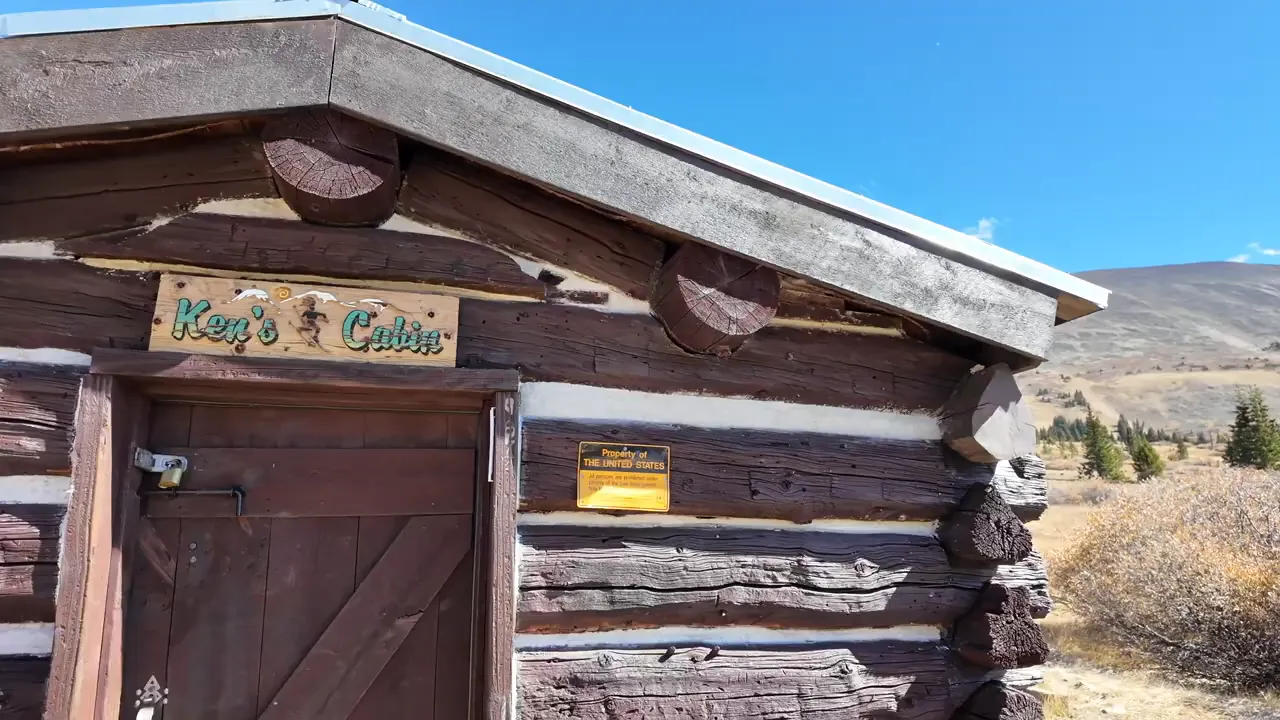
Where to camp and recreate
If you want to extend your trip beyond a day drive, note that camping options differ by side. I did not notice dispersed campsites on the Como side of boreas pass, but there are several designated campsites on the Breckenridge side. In winter the road is closed to vehicles, but it becomes a corridor for snowshoeing, skiing, and snowmobiling. If you plan to camp or use winter trails, check current Forest Service regulations and local conditions first.
Tips for driving and enjoying boreas pass
- Check the season and road status: boreas pass is usually open May through November, but weather can close it earlier. Check local sources before you go.
- Drive carefully: two-wheel drive vehicles can make the trip, but expect bumps and narrow sections. Be ready to pull over for oncoming traffic and watch for hikers and bikers.
- Bring layers: elevation changes mean temperatures can swing. As you climb past the aspens the air gets cooler and windier.
- Plan stops: stop at the numbered markers to learn the history. The restored water tank and cabins are worth short walks and photos.
- Leave no trace: use designated campsites on the Breckenridge side and pack out what you bring in.
- Timing for photos: early morning or late afternoon produces the best light for mountain photography, especially when capturing aspens and distant peaks.
Packing checklist for a boreas pass day trip
- Water and snacks
- Layers and a windproof jacket
- Map or downloaded directions (cell service can be spotty)
- Camera or smartphone with extra battery
- First aid kit and a flashlight
- Trash bags to pack out waste
What to expect on each side: Como to Breckenridge
Starting from the 285/Como side, boreas pass feels more remote and has a few exposed, narrow trail sections. You will find historical signage and the private historic town feel in spots. The Como side is where you can really notice the remnants of rail history and the compact preserved cabins.
As you climb, the tree line changes. Aspens are prolific low down, creating that beautiful golden canopy in peak weeks. Higher up the aspens drop away and you get wide, open mountain views. The summit is a quiet place to stop and take in the range.
Descending toward Breckenridge, the trail opens up and you will likely encounter more traffic. There are designated camping sites on the Breckenridge side and the proximity to town means trails and services are nearby. Because of the ease of access, this side can get busier during peak leaf season.
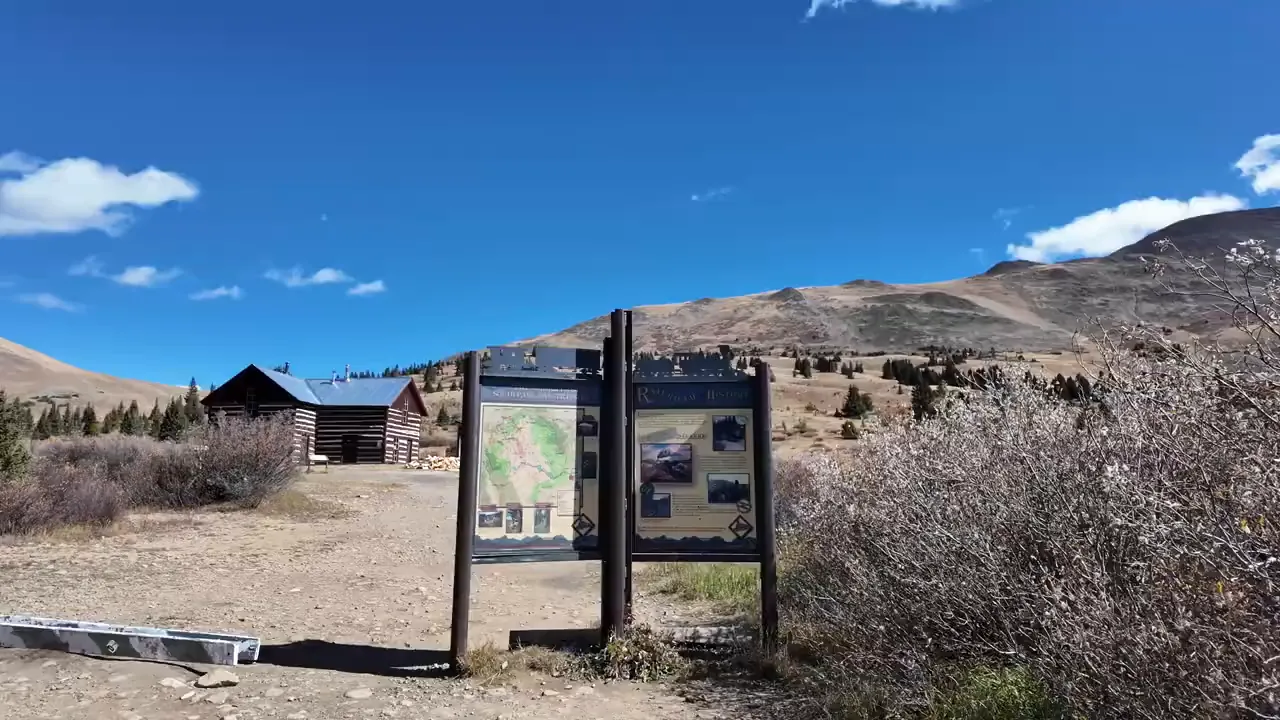
Why boreas pass makes a great day trip
If you want a mountain drive that mixes accessible four-wheel scenery, tangible history, and fall color, boreas pass is a great choice. The road is not technical, but it feels remote enough to be satisfying. You get a cross-section of Colorado mountain life: stagecoach routes, steam engines, tiny cabins, old water tanks, and aspen-lined roads that glow in the right light. Even if you miss peak color by a week, the mountains remain spectacular.
"Boreas Pass is a nice scenic trail if you're looking for an easy day trip."
Final thoughts and next steps
Plan for a half- to full-day outing depending on stops. Bring water, layers, and patience for a slow, bumpy drive. Explore the historical markers, peek into preserved cabins, and stop at the summit for long views. Keep in mind that in winter boreas pass becomes a winter recreation corridor, so visit then only with appropriate gear and awareness of road closures.
Whether you are passing through from Highway 285 to Breckenridge or simply taking a winding drive to enjoy the Rockies, boreas pass delivers a memorable blend of history, scenery, and easy adventure. If you enjoy little detours that feel like portals to another time, make the trip and take your time learning the stories written into the landscape.
